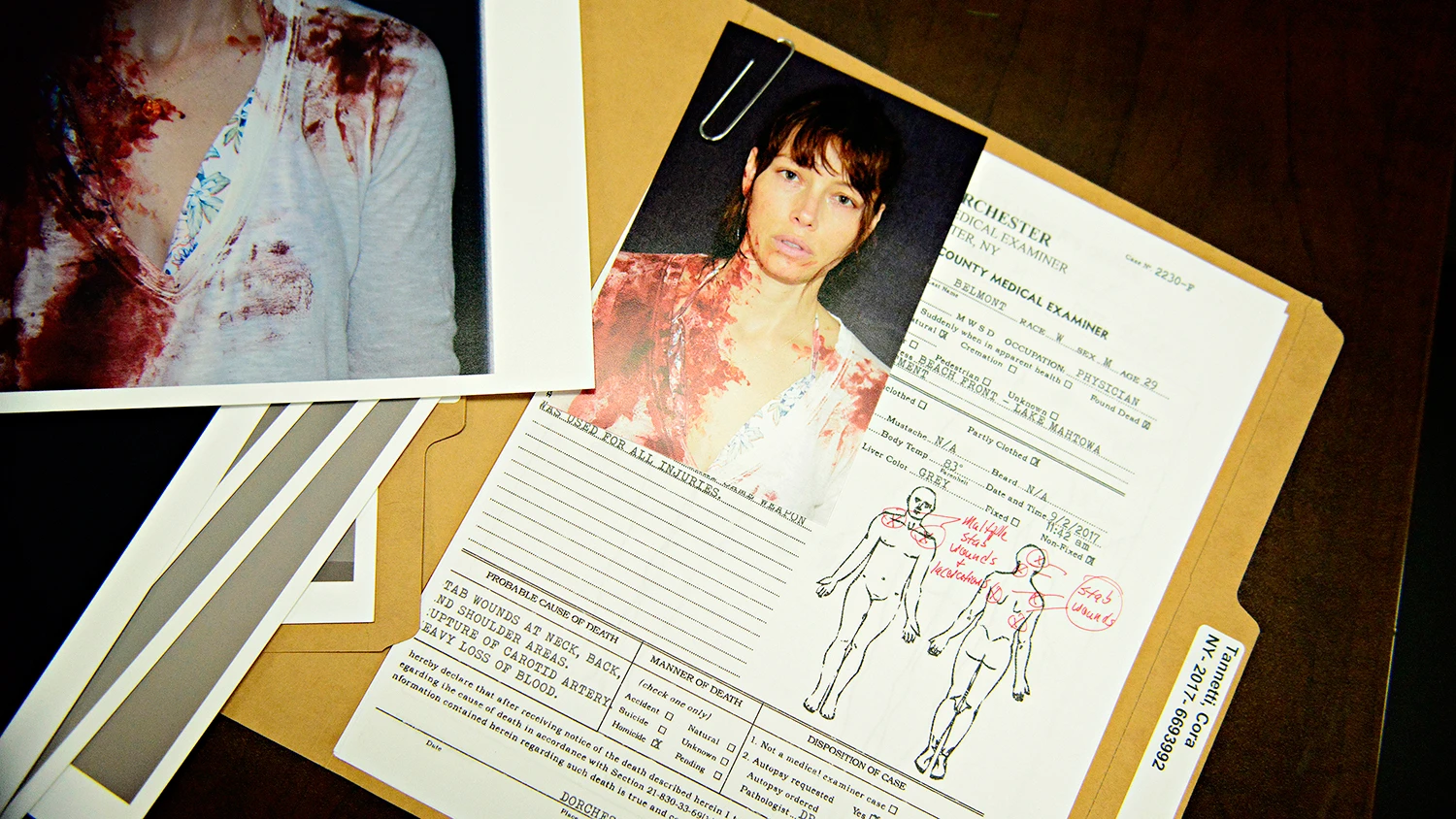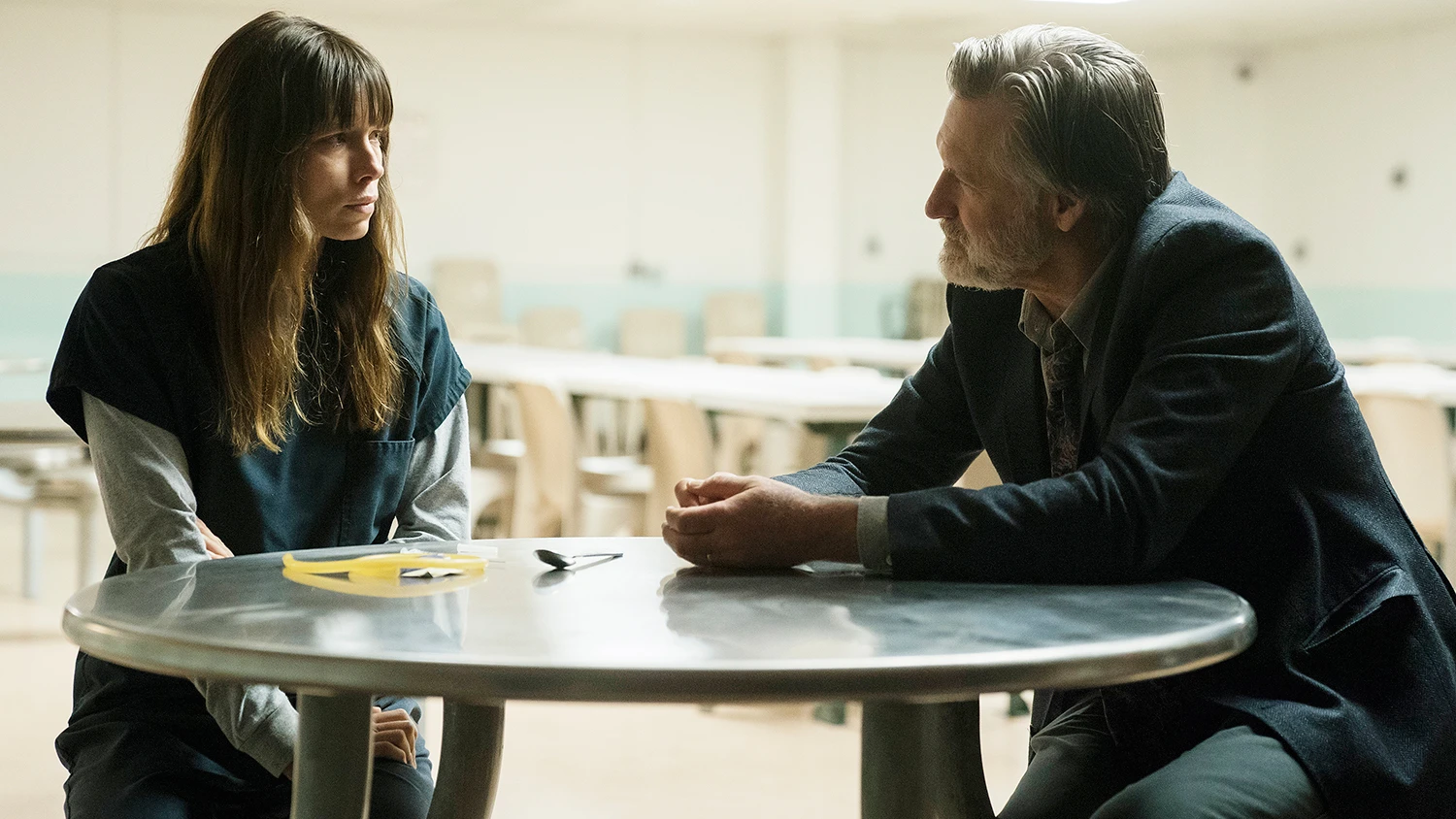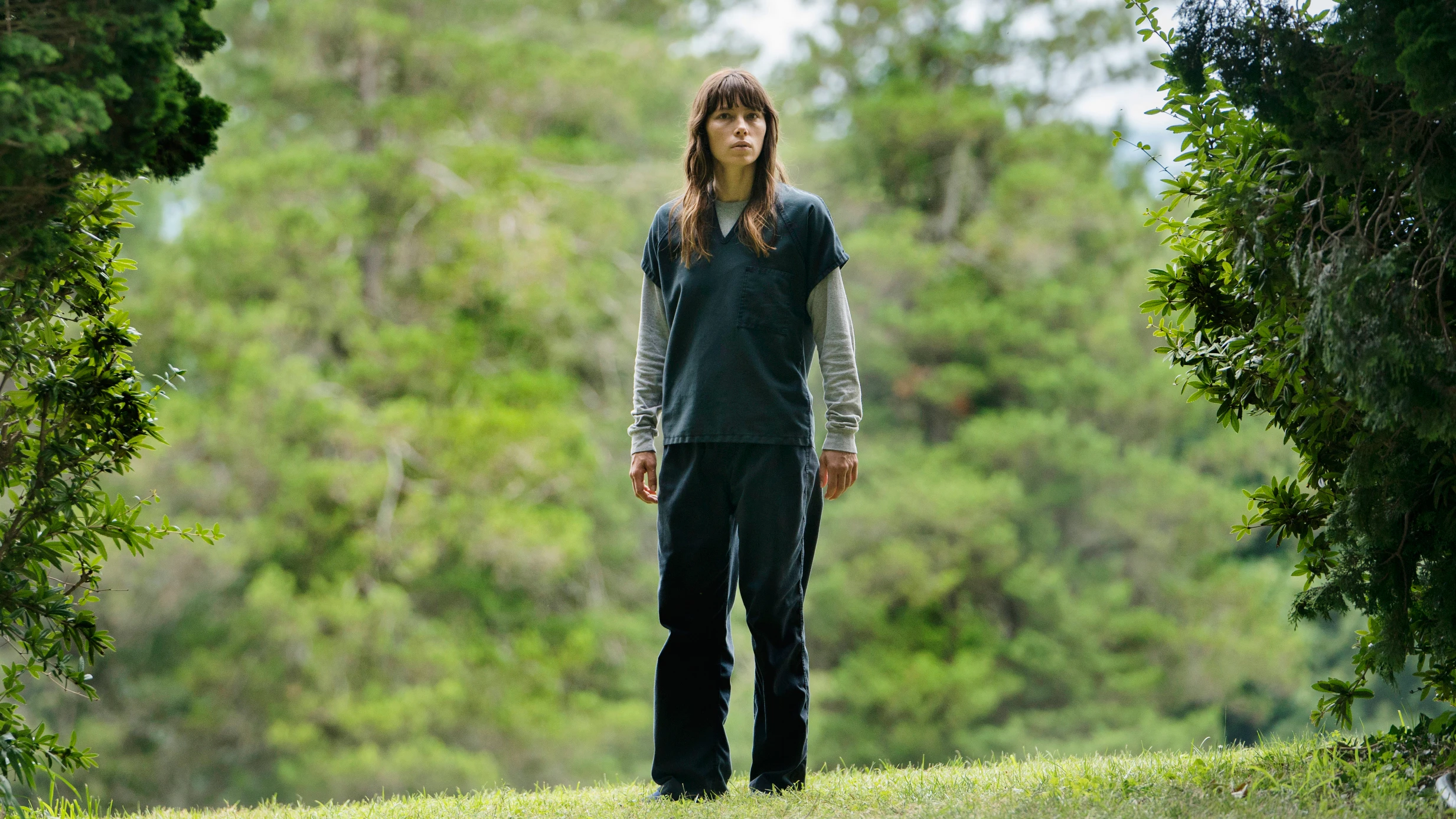There’s not much more a showrunner, let alone a rookie showrunner, could ask for than a number-one rated series on a major basic cable network. But Derek Simonds, co-executive producer of USA’s The Sinner, has one small regret.
“If I have the opportunity to do it again, I would trust the people I’m working with and delegate even more,” Simonds says. “A friend of mine made this analogy which I think is really true: You go to college the first year and you get 1,500 pages of reading assigned to you and it just seems physically impossible to do that much reading in the time you’re given. And then you learn that you only need to read half that amount–you just have to read the right pages. There is something to that in showrunning, where there’s no way you can do it all–it’s getting better at focusing on the places where decisions have the greatest impact.”
https://youtu.be/tMsjMFcvy64
Based on Petra Hammesfahr’s novel of the same title, The Sinner stars Jessica Biel, who’s also an executive producer of the show, as Cora Tannetti, a young mother who stabs a man to death on a crowded beach in plain view of everyone present–including her husband and young son. It’s evident Cora did the crime, but what The Sinner unpacks over its eight episodes are the deeply rooted reasons as to why.
As it turns out, a gripping “why-dunnit” is exactly what audiences were craving. Since having summer’s number one cable drama premiere with more than 1.51 million viewers and more than 3.5 million total viewers in live+3 (live viewing plus a three-day allowance for DVR viewing) , The Sinner has been steadily growing its fanbase, due in no small part to Simonds’ creative direction–one that he admittedly had to slightly adjust in order to make room for collaboration.

“By the nature of the job as a filmmaker, I’m used to throwing myself fully into every phase of the process, whether it’s writing, pre-production and production, post-production, or editing. In a film you do each of those one at a time and you can put your full attention to each phase. But in showrunning, all of those jobs happened concurrently at a certain point,” Simonds says. “You just can’t be everywhere at once, and you have to let go of a certain level of perfectionism that you might have and lean into the people you’re working with. It’s a hugely collaborative effort. I think any showrunner that stands up in front of a crowd and says, ‘my show this, my show that’ is not really being honest because there’s just too much work for one person to do. Yes, you do get to shape things at the end of the day, but it really is a profound collaborative experience.”

What Simonds was unwavering about, however, was what he wanted the tone of The Sinner to be, steeping Hammesfahr’s original story deeper into the psycho-sexual, and an atmosphere grounded in the reality of emotions.
“I was interested in how we process trauma and how, if it’s not processed, it usually rears its head in other ways–and looking at how healing trauma happens through intimate connections,” Simonds says. “So the relationship of [detective Harry] Ambrose and Cora, I had this design of two people who are suffering from their own traumas finding this unlikely intimacy with each other and the opportunity to heal.”

“I wanted a lot of people to be able to relate to the content and not have it be overly stylized, but at the same time I wanted to push things a little bit into this weird, numinous slightly magical metaphorical place,” he continues. “Where the feeling of these unsettled emotions and the characters is reflected in the world so that it has a slightly heightened quality. A lot of people think there’s a supernatural element to the show and Cora. I didn’t encourage those interpretations but it makes sense to me because of the way we approached the production design and the photography. We wanted to have this kind of grounded but aestheticized look to it.”
Barring standard basic cable restrictions like limited nudity and swearing, Simonds says USA gave him the agency he needed to tell the story how he saw fit. The result has been another notch in USA’s roster that’s building the network’s case to be considered a regular destination for prestige TV.
“You can never really anticipate as a developer of TV shows [what networks are] going to respond to–everyone’s looking for different things at different times or they’re all looking for the same thing at the same time,” Simonds says. “With the advent of Mr. Robot, [USA is] making a concerted effort to broaden the blue sky reputation of the network and they’re embracing darker material. I don’t feel like we’ve struggled with having to tame the show for network sensibilities.”

Simonds didn’t waste a single moment in building the world of The Sinner. Working within the constraints of eight episodes is something of a strong suit for him, having been the writer for both ABC mini-series The Astronaut Wives Club and When We Rise. For a show like The Sinner that’s all about unraveling layers of mystery for a grand reveal in just eight episodes, the pressure for Simonds is to “land the ending”–there’s no cliffhanger leading to a season two. But what Simonds is really gunning for is to strike an emotional chord with audiences.
“I’m ultimately more interested in people having an emotional response to this story than being entertained or shocked–emotion always trumps plot. You can come up with fantastic plot twists but if you don’t care about the characters and those plot twists don’t create big psychological changes in at least one of the characters, then it starts to feel hollow,” Simonds says. “What would make me really happy is for someone to be like, ‘Oh, my god–I cried,’ in addition to, ‘What the fuck–that was the reveal?’ I hope that those two things can happen together with, hopefully, some emotional resonance there.”
Recognize your brand’s excellence by applying to this year’s Brands That Matter Awards before the final deadline, June 7.
Sign up for Brands That Matter notifications here.
